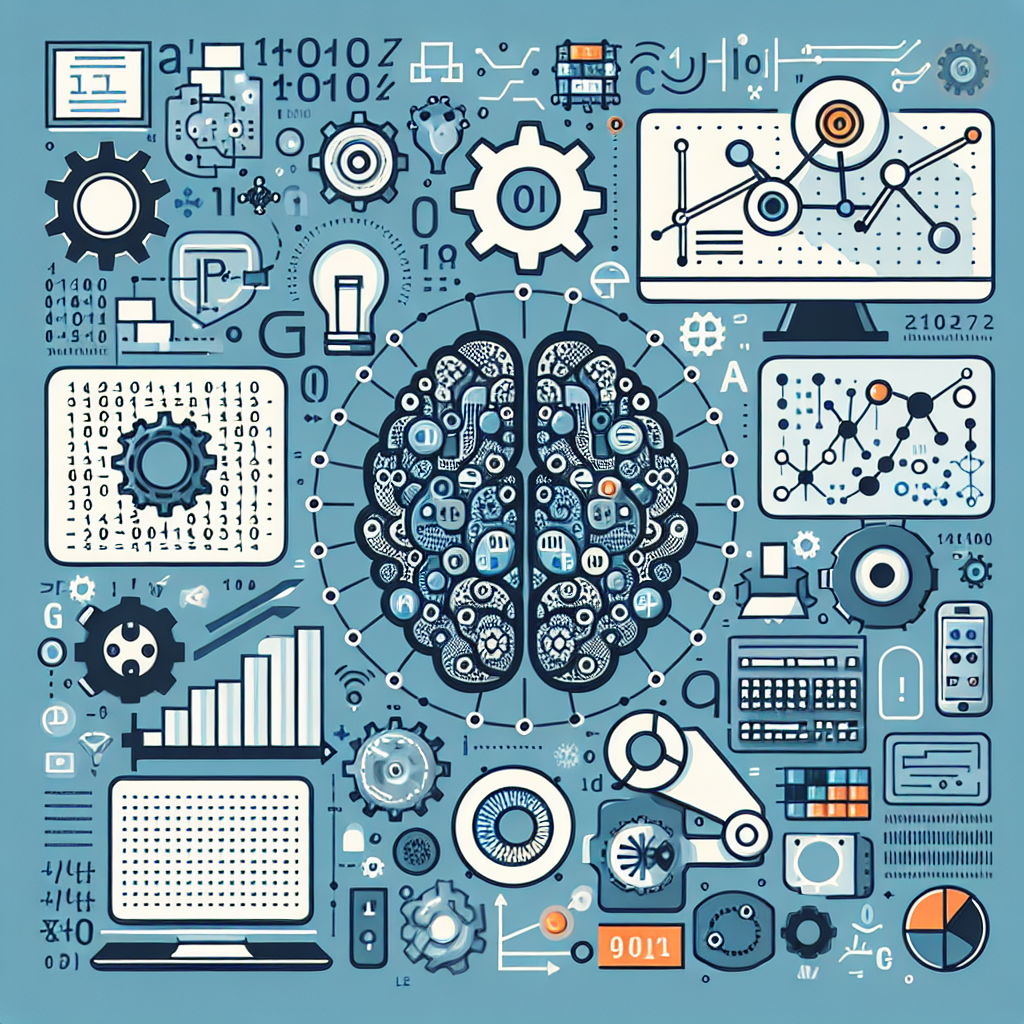Artificial intelligence (AI) and machine learning are two closely related concepts that are often used interchangeably, but they are not the same thing. AI is the broader concept of machines being able to carry out tasks in a way that we would consider “intelligent,” while machine learning is a specific subset of AI that involves algorithms that can learn from data and improve their performance over time.
Understanding the connection between AI and machine learning models is crucial for anyone looking to leverage these technologies in their business or research. In this article, we will explore the relationship between AI and machine learning, how they work together, and some common misconceptions about these technologies.
What is AI?
Artificial intelligence is a broad field that encompasses a wide range of technologies and applications. At its core, AI is about creating machines that can perform tasks that would typically require human intelligence. This can include things like understanding natural language, recognizing patterns in data, and making decisions based on that information.
There are many different approaches to AI, including rule-based systems, expert systems, and neural networks. One of the most exciting developments in AI in recent years has been the rise of machine learning, which is a specific subset of AI that focuses on algorithms that can learn from data.
What is Machine Learning?
Machine learning is a subset of AI that involves algorithms that can learn from data and improve their performance over time. The key idea behind machine learning is that instead of explicitly programming a machine to perform a particular task, you can provide it with a large amount of data and let it figure out how to do the task on its own.
There are several different types of machine learning algorithms, including supervised learning, unsupervised learning, and reinforcement learning. In supervised learning, the algorithm is trained on a labeled dataset, where each example is paired with the correct output. The algorithm then learns to map inputs to outputs by minimizing a loss function that measures how well it is performing.
In unsupervised learning, the algorithm is given a dataset without any labels and must find patterns or structures in the data on its own. This can be useful for tasks like clustering or anomaly detection. In reinforcement learning, the algorithm learns to make decisions by interacting with an environment and receiving rewards or penalties based on its actions.
How do AI and Machine Learning Models Work Together?
AI and machine learning models often work together to solve complex problems. Machine learning algorithms can be used as a key component of an AI system, providing the ability to learn from data and make predictions or decisions based on that information.
For example, in a natural language processing (NLP) system, machine learning algorithms can be used to train models that can understand and generate human language. These models can then be integrated into a larger AI system that can interact with users through speech or text, providing a more natural and intuitive user experience.
Similarly, in computer vision systems, machine learning algorithms can be used to train models that can recognize objects in images or videos. These models can then be integrated into AI systems that can analyze and interpret visual information, enabling applications like facial recognition, object detection, and autonomous driving.
Common Misconceptions About AI and Machine Learning
There are many misconceptions about AI and machine learning that can lead to confusion or misunderstanding. Here are a few common misconceptions and the truth behind them:
1. AI and machine learning are the same thing: While machine learning is a subset of AI, AI is a broader field that encompasses many different technologies and approaches. Machine learning is just one tool in the AI toolbox.
2. AI is going to take over the world: While AI has the potential to revolutionize many industries and change the way we live and work, it is not going to become sentient or take over the world. AI systems are created and controlled by humans and operate within the constraints of their programming.
3. Machine learning is a magic bullet: While machine learning can be a powerful tool for solving complex problems, it is not a magic bullet that can solve any problem. Machine learning algorithms require large amounts of high-quality data and careful tuning to achieve good performance.
FAQs
Q: What is the difference between AI and machine learning?
A: AI is the broader concept of machines being able to carry out tasks in a way that we would consider “intelligent,” while machine learning is a specific subset of AI that involves algorithms that can learn from data.
Q: How are AI and machine learning used in business?
A: AI and machine learning are used in business to automate repetitive tasks, analyze large amounts of data, make predictions or recommendations, and improve decision-making processes.
Q: Can AI and machine learning be used in healthcare?
A: Yes, AI and machine learning are being used in healthcare to diagnose diseases, personalize treatment plans, improve patient outcomes, and streamline administrative processes.
Q: Are AI and machine learning ethical?
A: AI and machine learning raise ethical concerns around issues like bias, privacy, transparency, and accountability. It is important for organizations to develop ethical guidelines and practices when using these technologies.
In conclusion, AI and machine learning are powerful technologies that are transforming industries and changing the way we live and work. By understanding the connection between AI and machine learning models, you can harness the full potential of these technologies and create innovative solutions to complex problems.

